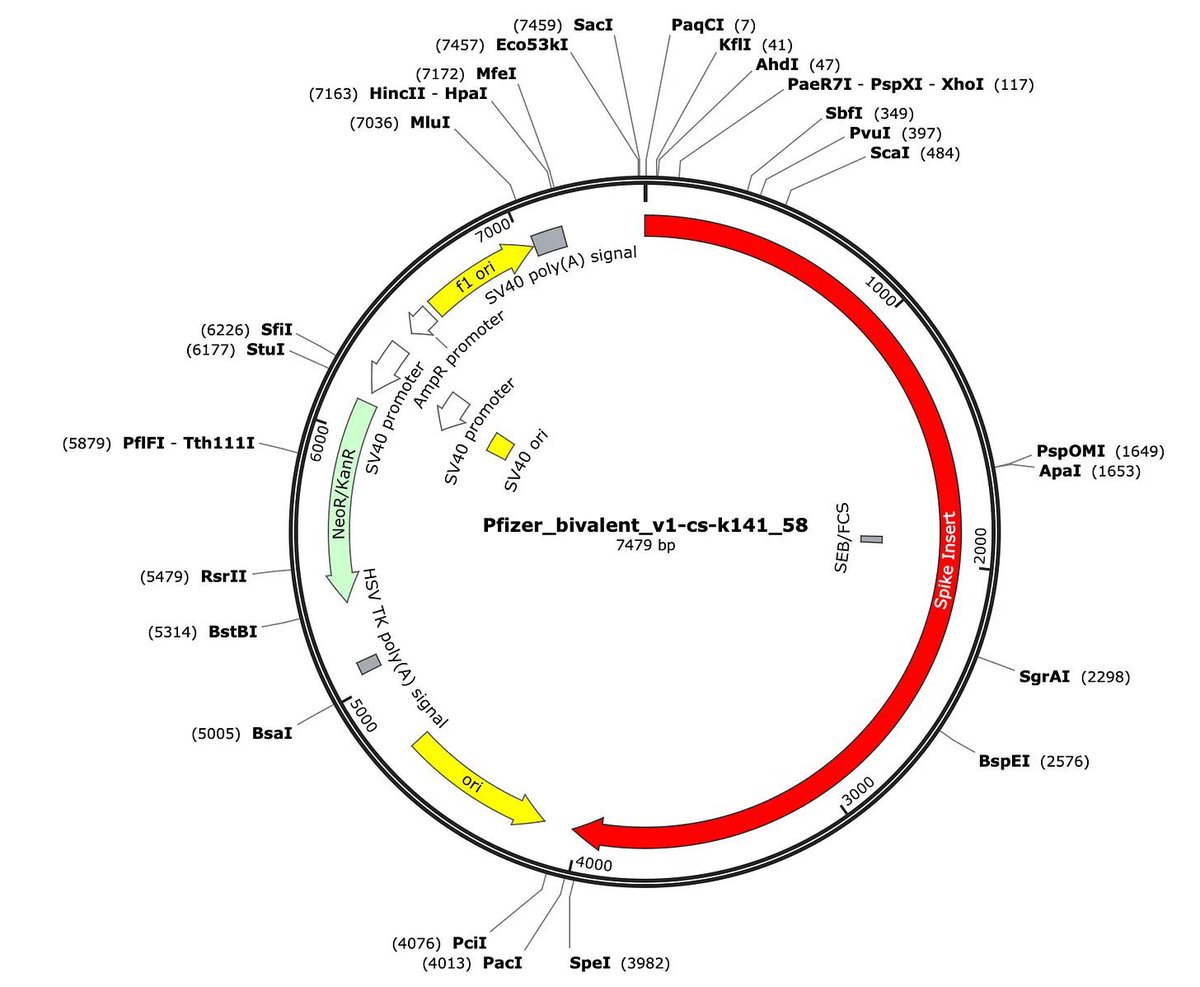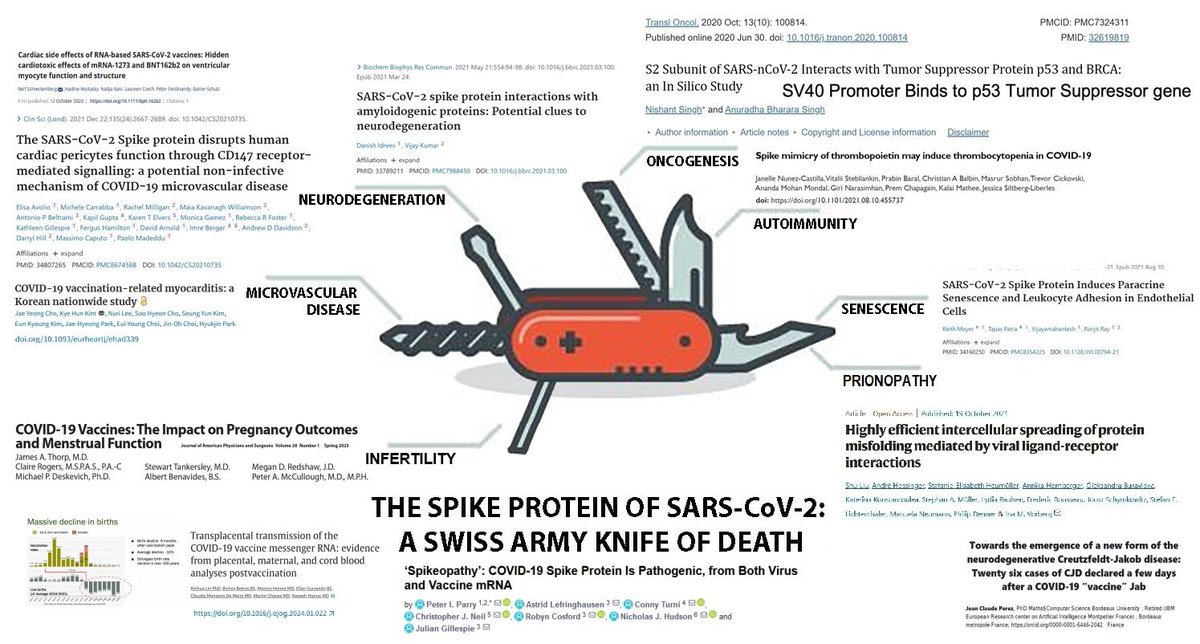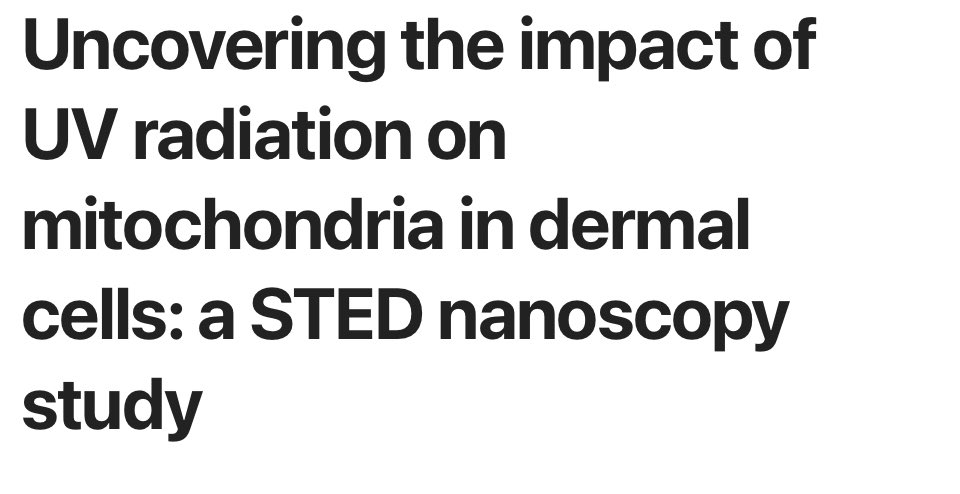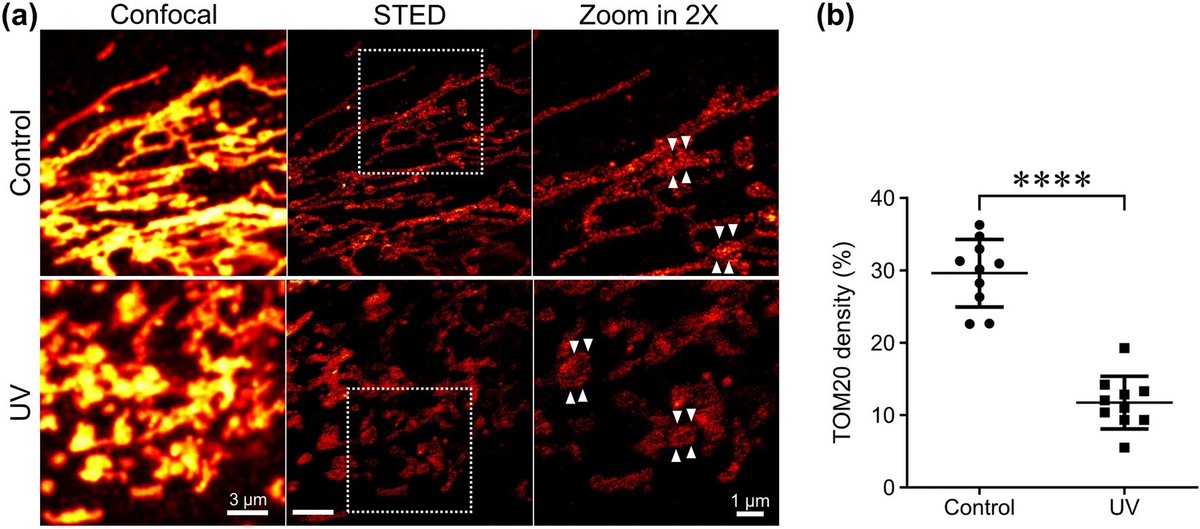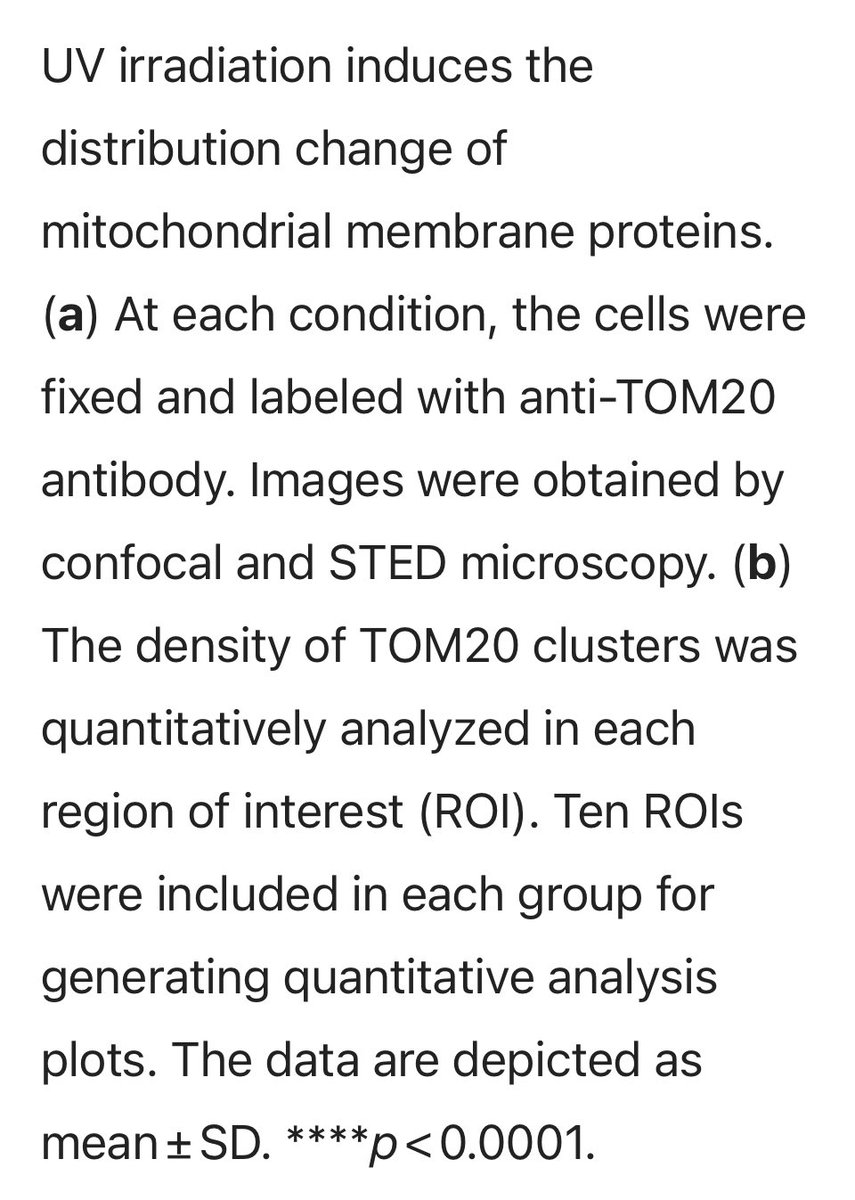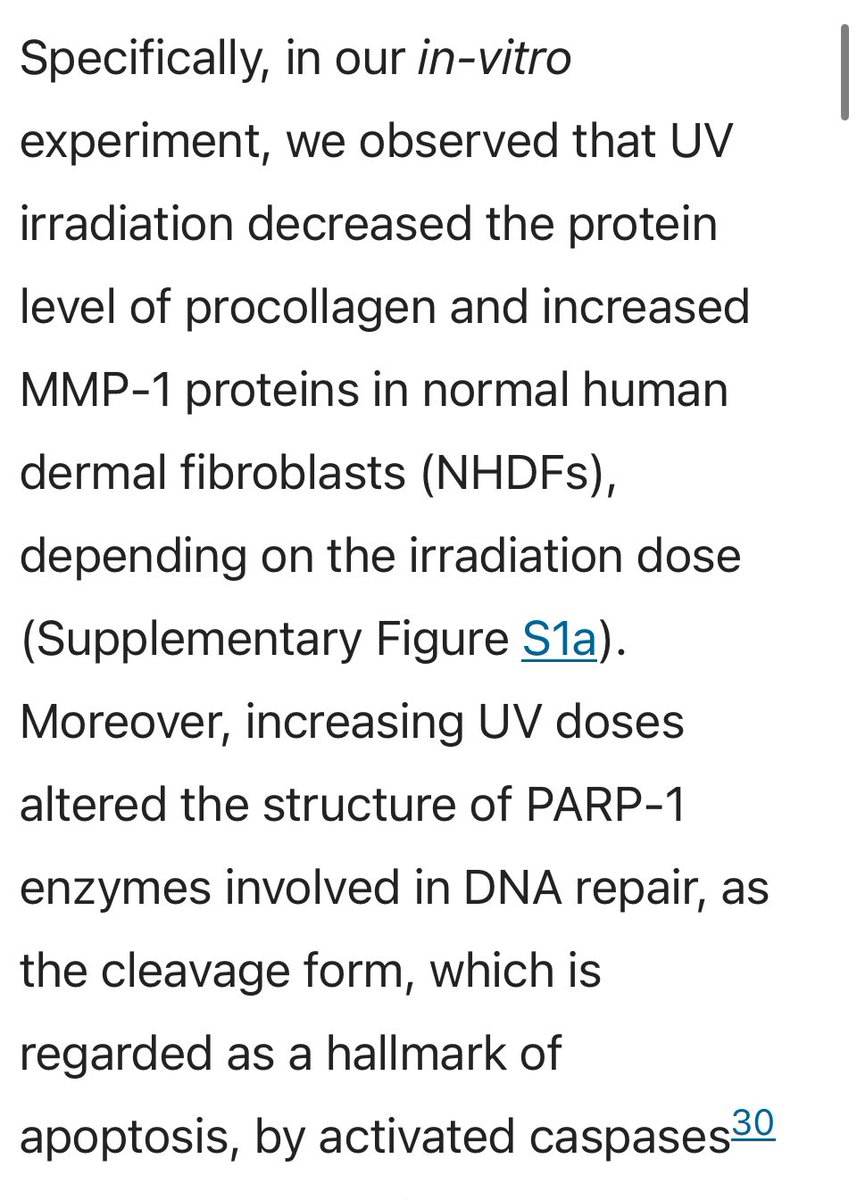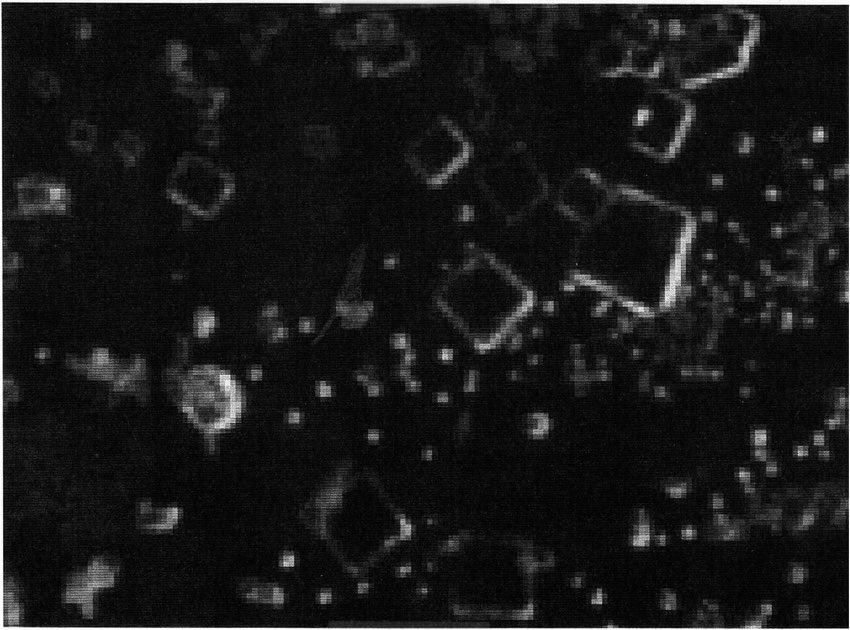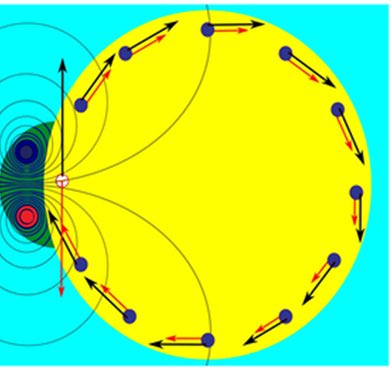Self-Amplifying mRNA – Evolutionary Risk?
Let me break it down for you with the latest insights from Japan.
Thread below 🧵 (1-10) 👇
Let me break it down for you with the latest insights from Japan.
Thread below 🧵 (1-10) 👇
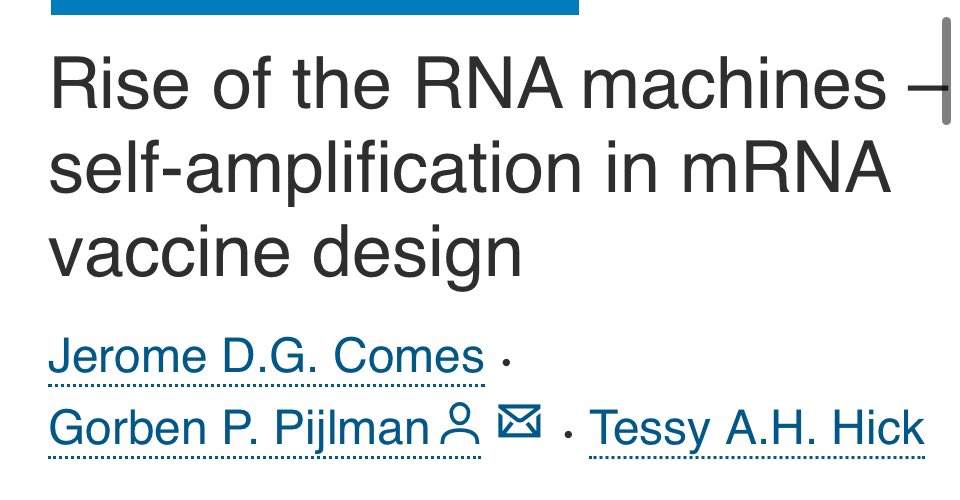
1. The recent release of self-amplifying mRNA vaccines is a biological gamble. This isn’t just a next-gen booster; it’s about turning your body into a constant antigen factory. With no clear endpoint for replication, we’re tampering with evolutionary biology at the cellular level 
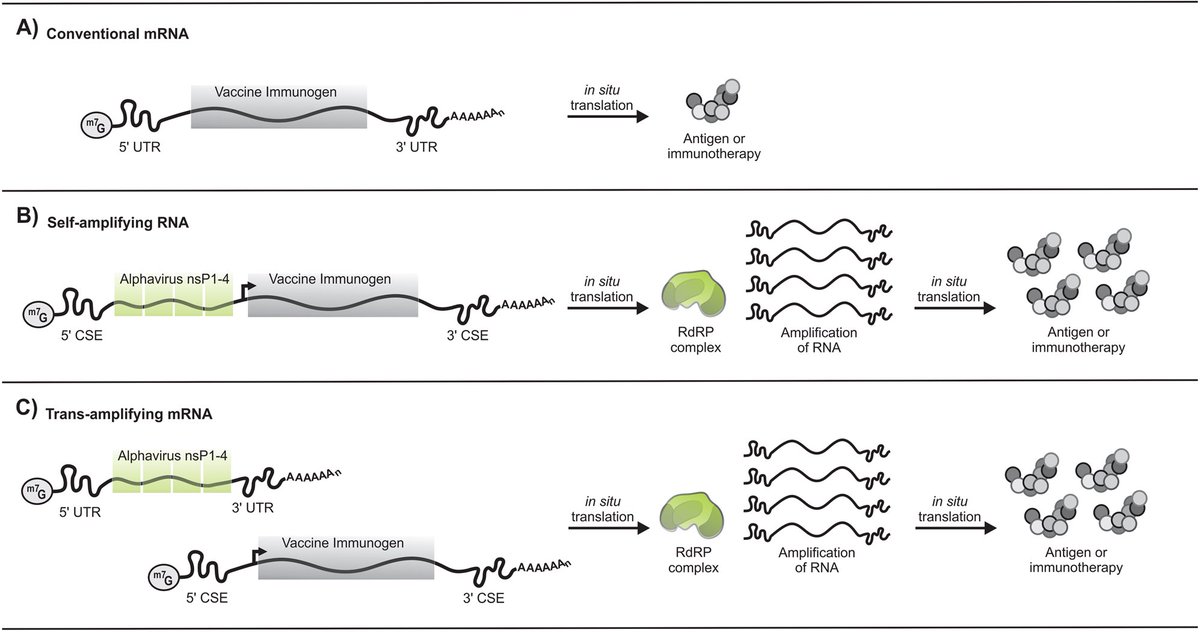
2. SA-mRNA acts like a biological Trojan horse, coding your cells to self-replicate proteins endlessly. We’re engineering new pathways for evolution—ones we might not control. This isn’t about temp immunity; it’s permanent genetic programming with profound long-term consequences. 

3. In nature, viruses & bacteria evolve within tightly regulated ecological systems. Now, with sr-mRNA, we’re injecting unregulated, lab-created systems into living organisms. This isn’t a vaccine—it’s an intervention in biological homeostasis. Are we equipped to handle that?




4. What happens when a SA-mRNA vaccine uses Alphavirus replicons—viruses capable of jumping across species? You’re not just modifying one person’s immune system; you are releasing genetic material into the environment, impacting species diversity, & collapsing ecosystems. 







5. Japan was chosen because of its high social compliance and lower regulatory hurdles. But have we asked if it’s ethical to use a population again as guinea pigs? We’re injecting technology without fully understanding its biological consequences. That’s reckless. Genocide. 







6. Self-amplifying mRNA doesn’t have the same “decay”rate as natural viral or bacterial infections. It replicates indefinitely, programming the body to keep producing antigens. With no “off-switch,” how do we know it won’t overrun natural immune processes & trigger autoimmunity? 





7. Self-replicating mRNA blurs the line between organic and synthetic biology. Is this the first step toward transhumanism? Are we setting the stage for gene-altering vaccines to become the new normal? We are no longer curing diseases—we’re modifying human biology itself. 

8. The shedding risk of SA-mRNA is real and under-discussed. These synthetic viruses could be transmitted via bodily fluids, impacting those who haven’t been injected. You could unknowingly become a vector of synthetic genetic material, altering the biology of those around you. 







9. There are 0 long-term studies on the effects of self-amplifying mRNA.We don’t know how the constant replication will affect organ systems, fertility, or epigenetic programming. What happens to your biology in 10, 20, 30 years after exposure?We’re walking blind into the future!
10. What we’re doing with SA-mRNA isn’t evolution;it’s synthetic disruption. We’re forcing the body to produce viral proteins indefinitely without fully understanding the biological, ecological, & evolutionary consequences. Nature has rules, are we really prepared to break them?
🚨 Never take a mRNA Vaccine or anything similar again in your life. Those mandates need to stop asap and we need to ban and remove this deadly jabs from the market.
We also must confront our public officials regarding this topic and fight for our future generations and planet.
We also must confront our public officials regarding this topic and fight for our future generations and planet.
@threadreaderapp unroll
• • •
Missing some Tweet in this thread? You can try to
force a refresh


